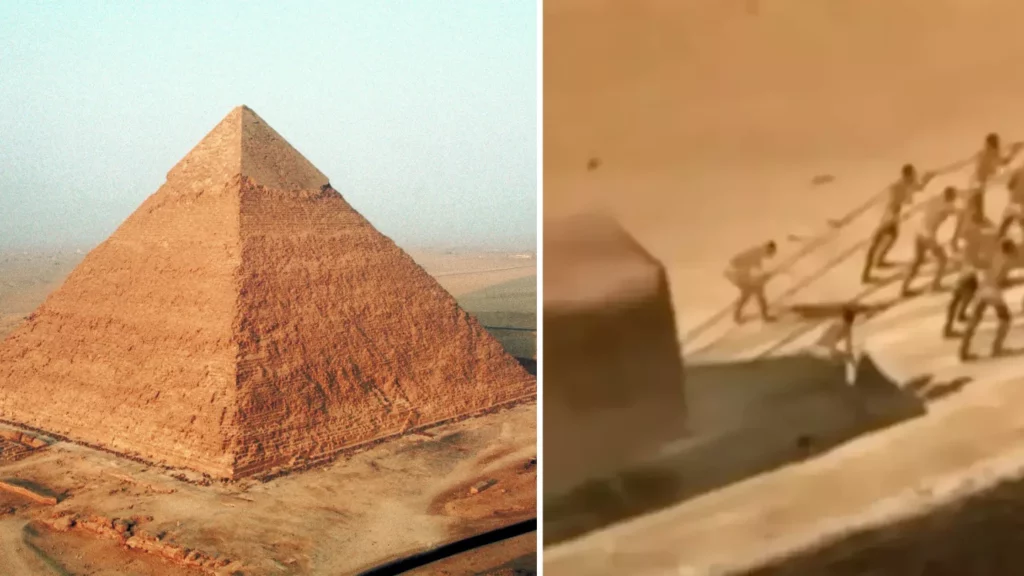For centuries, people have been captivated by the pyramids of Egypt. Impressive stone structures have endured through the ages.
The massive size and precision of the Great Pyramid of Giza continue to captivate interest. How was it possible for an ancient civilization, lacking modern innovations, to build such enormous structures?
The Great Pyramid is made up of countless stone blocks, showcasing its monumental construction. The average weight of each block is 2.5 tons.
For years, experts and enthusiasts alike have engaged in discussions surrounding this intriguing mystery. Speculations varied from the use of human resources to more bizarre concepts suggesting involvement from beings beyond our planet.
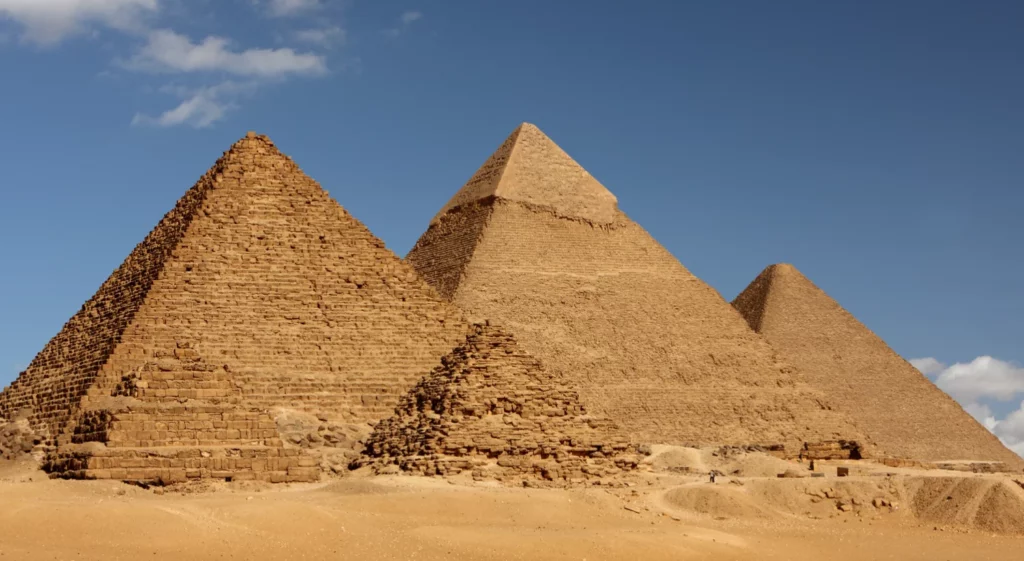
After years of investigation, the reality continued to be just out of reach. What methods did the Egyptians use to move these enormous blocks through the desert?
Various possible explanations have been suggested by theories. Opinions varied on whether the Egyptians relied on basic tools or employed intricate mechanical devices.
One thing was clear: this mystery drew the focus of the globe. Each theory had an element that remained unresolved.
New findings could potentially unveil the long-standing mystery. A group of archaeologists and environmental scientists has revealed significant new findings.
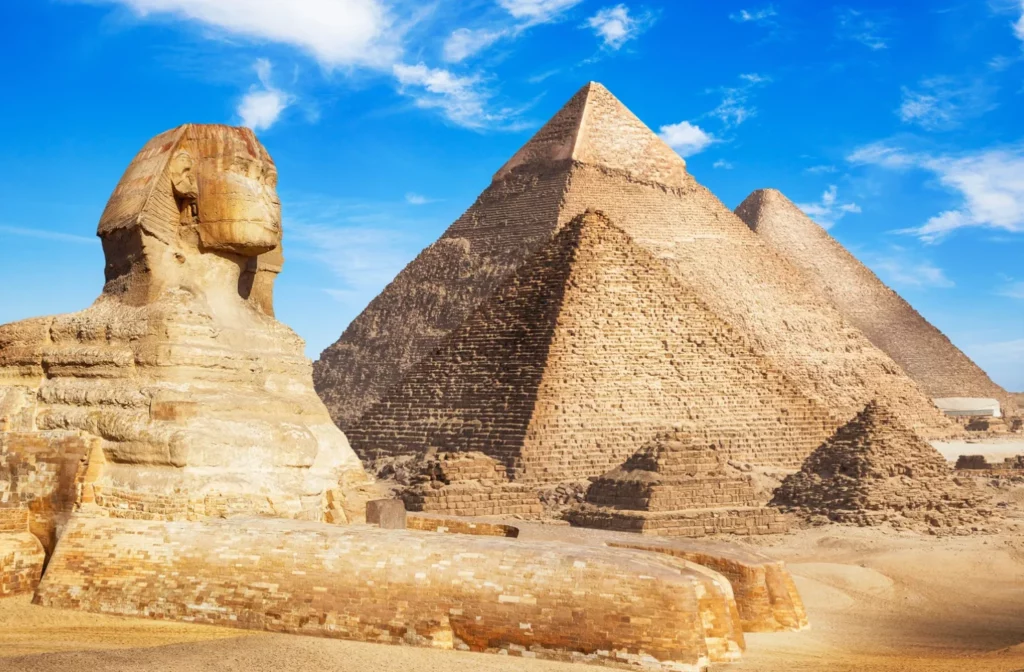
An ancient waterway has been discovered buried beneath the sands of Egypt. This hidden waterway could provide crucial insights into the construction of the pyramids.
Scientists conducted extensive investigations in the Giza floodplain to obtain fossilized soil samples. The samples underwent analysis in a French laboratory to detect traces of pollen and ancient vegetation.
The discoveries were revolutionary. The examination of the soil revealed the presence of a tributary of the Nile, which has been designated as the Khufu Branch.
This historic waterway, now dried up, previously ran alongside the Giza pyramids. The discovery provides crucial insights into the methods used by the Egyptians to move the enormous stones.
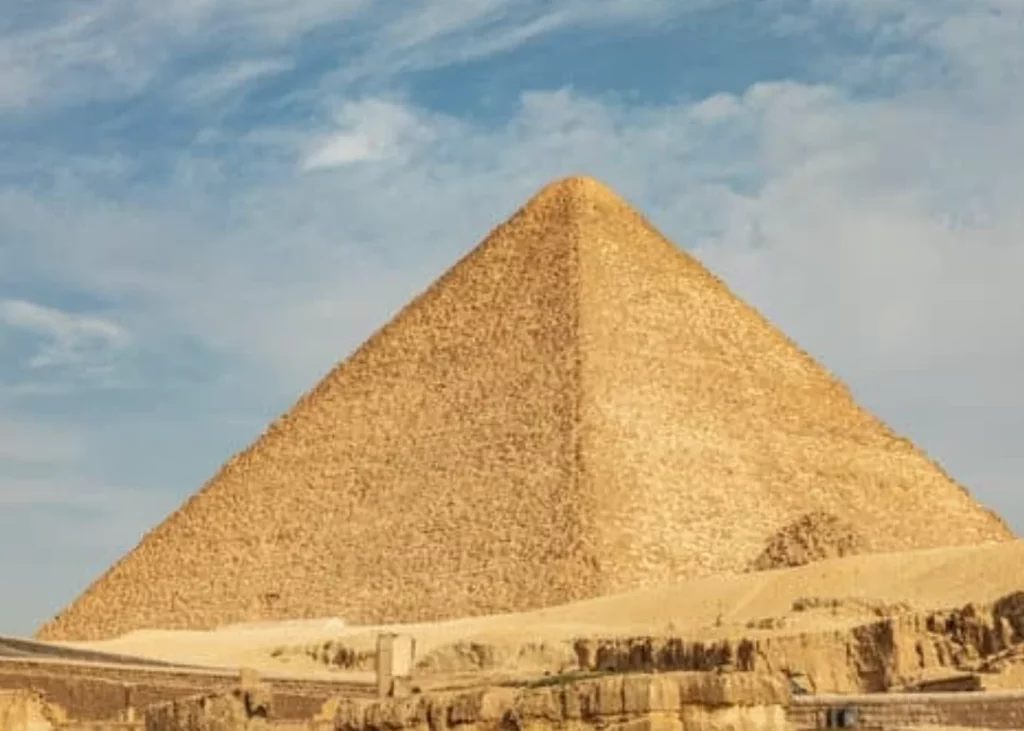
Environmental geographer Hader Sheisha highlighted the significance of the discovery. “It would have been impossible to build the pyramids without this tributary,” Sheisha said.
Experts suggest that the Khufu Branch served as a vital route for the movement of stones. Large rafts transported the substantial blocks from far-off quarries to the site where the pyramids were being built.
The concept may not be entirely fresh, yet the validation of this waterway is truly revolutionary. In a groundbreaking discovery, researchers have identified the probable location of the river that ancient Egyptians utilized.
The team’s efforts continued beyond that point. Researchers have discovered ancient papyrus that offers direct evidence of water transport.
A recently uncovered papyrus, referred to as the “Diary of Merer,” details the activities of a high-ranking official who moved limestone along the Nile River. The blocks were transported from quarries to Giza for the construction of the pyramids.
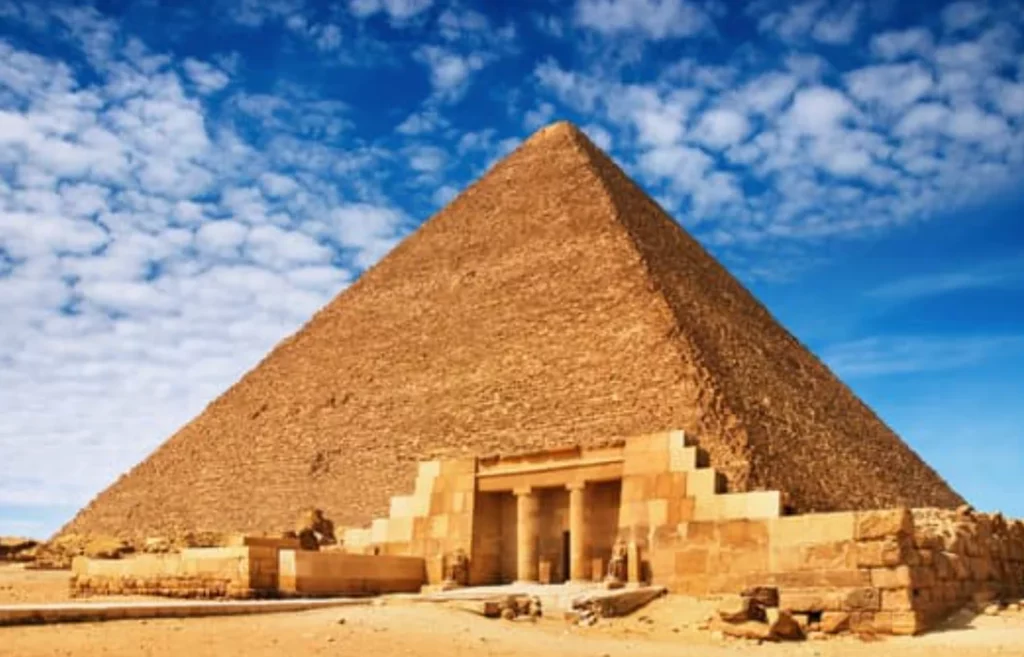
“I was so interested because this confirms that the pyramid’s building materials were moved over water,” Sheisha told ‘The New York Times’. The papyrus provides further evidence that water transport was crucial in the construction of the pyramids.
The discovery of the Khufu Branch significantly impacts our perspective on the locations of the pyramids. The accessibility of the waterway to the Giza plateau probably played a significant role in determining where the pyramids were built.
“The course of the river would have made it much easier to float the stones down from the quarries,” explained co-author Suzanne Onstine from the University of Memphis.
Elevated ceremonial pathways were constructed, connecting the pyramids to the nearby waterway. This detail reinforces the idea that the river played a crucial role in both building activities and spiritual rituals.
The connection among geography, climate, and the building of pyramids has become more evident. The Khufu Branch played a crucial role in the remarkable engineering accomplishments of ancient Egypt.
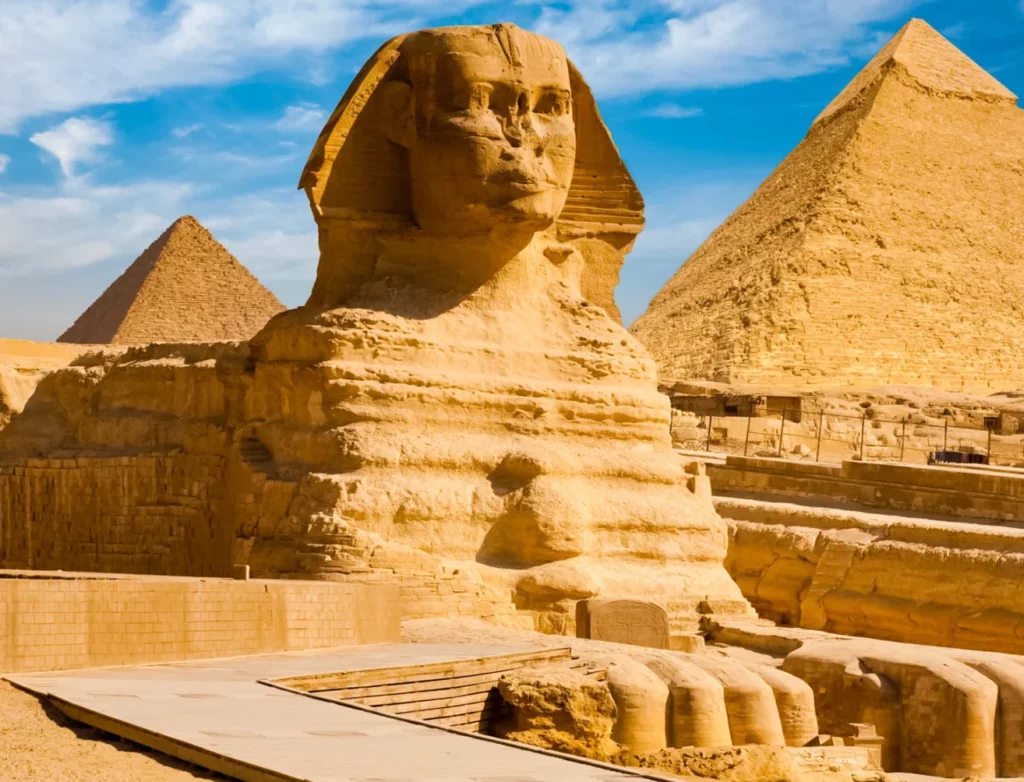
This finding sheds light on numerous inquiries, yet experts are convinced that additional mysteries lie hidden beneath the surface. Thanks to advancements in technology, archaeologists are positive about finding additional evidence.
Radar satellite imagery has successfully contributed to the mapping of the hidden riverbed. This innovative technology enables researchers to uncover the mysteries hidden beneath the desert sands, revealing the rich history of ancient Egypt.
As one of Earth’s greatest mysteries unfolds, it is evident that the solution was not from beyond our planet. The Nile River, a vital source for Egypt, played a crucial role in enabling the construction of the pyramids.
The discovery of the Khufu Branch addresses the longstanding inquiry regarding the methods used by Egyptians to transport stones. However, it also brings to light fresh inquiries regarding different facets of pyramid building.
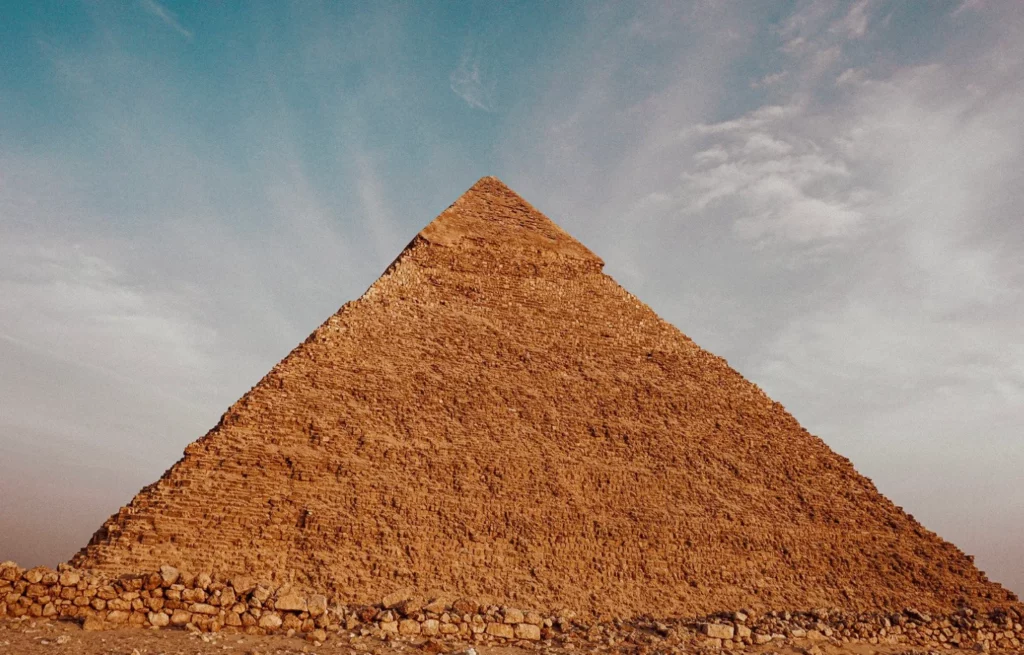
The mystery surrounding the lifting of the stones into position continues to confuse experts. This finding advances our comprehension of the remarkable ingenuity behind ancient Egyptian engineering.
Ultimately, the solution lay hidden beneath the sands for thousands of years. The Khufu Branch may have vanished, yet its legacy remains forever linked to the pyramids.
As additional revelations emerge, we can only admire the creativity of a civilization that has long since vanished.
Feature Image Credit: (CanvaPro)

